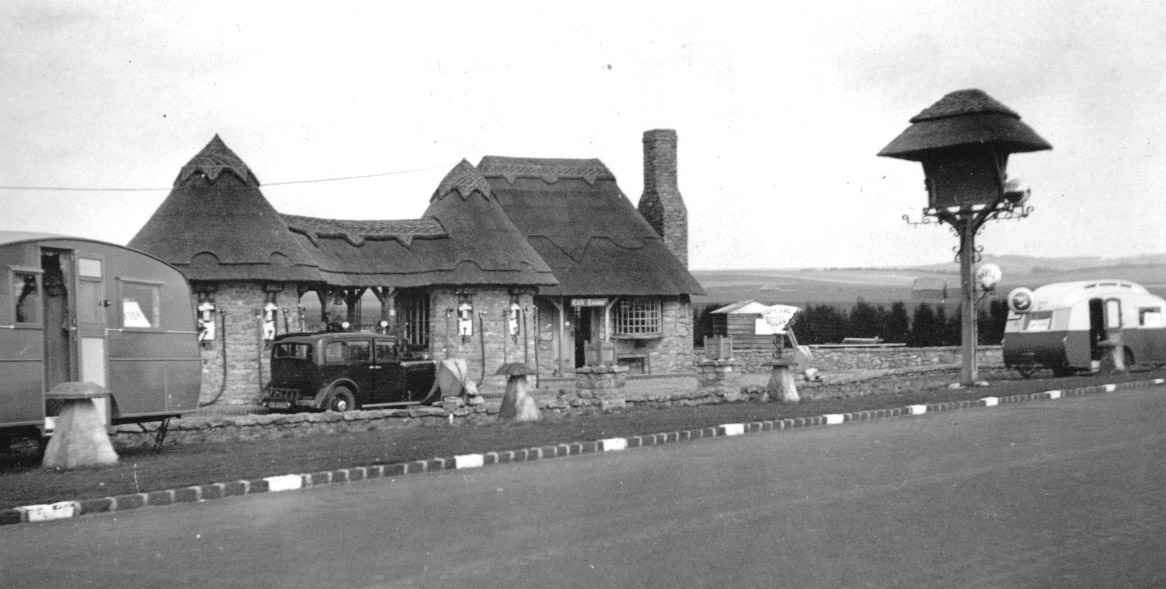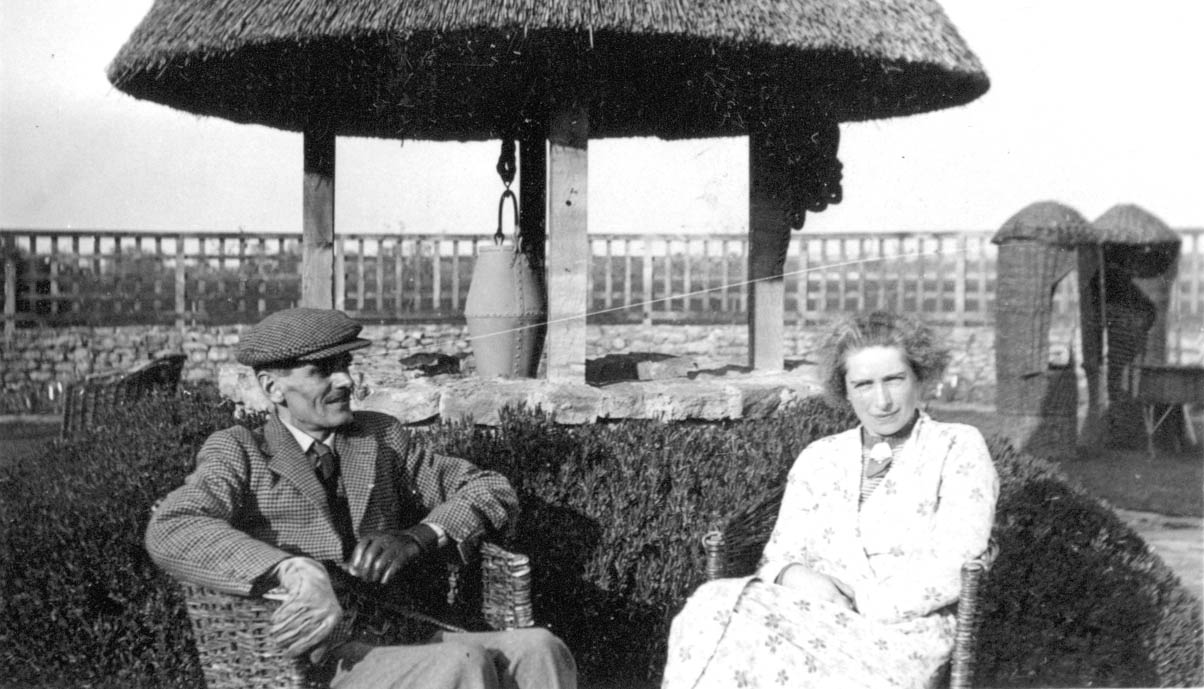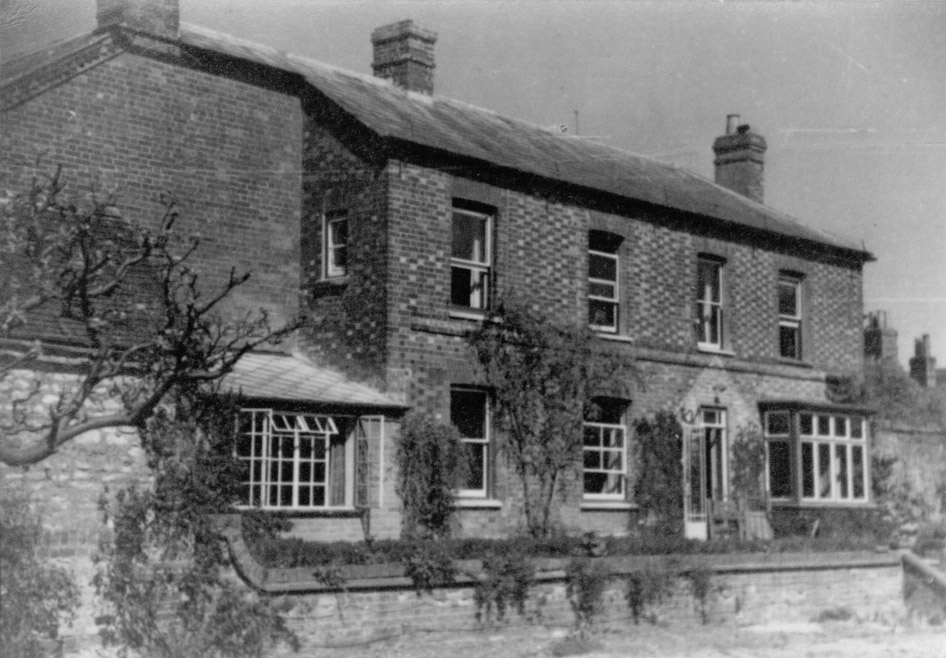Chapter 11: Benson - Mill Lane House and the KCB
News from home over my time in Egypt was very limited. Letters would take two and sometimes three months for a one way passage by sea. Then there were security instructions about what either party was permitted to mention. The introduction of the Air Letter Card speeded things up. Rather cramped spaces on forms once filled in were micro-photographed and flown home. Printed out on arrival they were distributed. When Malcolm arrived in Egypt I learned something from him, but much was to be learned later. This is a convenient point to tell the home story.
The Horsfield family moved to Benson in 1934 when my father retired from the Army. There were no fixed ideas about where to go or what to do, except that a country location was preferred and that my mother and father would jointly be running whatever enterprise they embarked on. They were interested in finding a new way of life that would be creative and interesting with modest rewards. Their knowledge and experience in caravan activities produced a solution. If this approach is referred to as running a hobby shop, it is at least providing work that is going to be enjoyed.
The search was resolved when The KCB was discovered which included a restaurant and filling station. The business property stood on its own, back from the Benson bypass in a garden area with forecourt and parking space. A stone building with Norfolk thatched roof and pleasing appearance provided space for a restaurant and offices. It was furnished throughout with attractive oak furniture of traditional design made by craftsmen in the nearby village of Ewelme. The gardens too were suitably set out for fine weather service. The aim for this creation is explained by translating the letters KCB into ‘Keep the Country Beautiful’. The motorists’ needs could be provided in an attractive environment. It may not have made economic sense in the harsh world of business, but it did attract people to become regular users of its facilities. To complete the scene there was a row of petrol pumps standing between the main building and the road with their own thatched roof.

There was good space for dealing in caravans, which we had been using for holidays since 1930. A business had been devised which our parents could understand and enjoy.
Mill Lane House was bought to live in a mile or so away in the village of Benson with the Thames nearby. A millstream ran alongside the two acres of garden with its useful barns and outbuildings, as well as a grass tennis court. This was my home for the years leading up to the war.
The staffing of The KCB was amateur rather than professional, many family friends and connections being taken on with some lame ducks who needed a helping hand amongst them. The atmosphere of the place was always happy. The rewards came in unusual ways. Murray Lindner, who made Rollalong caravans, became a good friend. He was imaginative and inventive but tended to concentrate on design rather than promotion and sales. A number of his enterprises had failed and Rollalong was about to follow suit. After some hesitation my father and a friend each put up the relatively small amount of money needed to keep the company going. They became directors, initially without financial reward, and were able to keep the focus on production and selling until this became habitual. They also played their part annually at the Caravan Show at Earls Court. The pay-off did not come in the lifetime of any of the three involved in the mid 1930s but when the company was bought by the Hanson Trust 40 years later it was certainly profitable for my generation at a time when I had become a director myself.
Though one may set out to plan one’s life, circumstance may well intervene dramatically. In the late 1930s a Royal Air Force airfield was being developed near Benson. This would lead to the Horsfield family trio playing a valuable part for active participants during the war years and beyond. They were an unlikely team, my father in his fifties and having lost his left arm in Gallipoli, my blind but practical elder brother and my dynamic and imaginative mother. Yet people can do much to overcome their difficulties. The 1914 war produced many lost limbs. My father played in one-handed golf championships. He also played good tennis. Balancing a tennis ball on a ring contraption on his artificial arm, he could throw it up to serve. Nigel, a voracious braille reader, was always glad to help and made excellent use of the minimal vision given to him. Both played useful wartime parts, with my mother as energetic and imaginative as ever.

Many years later I learned much more about Benson from Air Chief Marshal Sir Neil Wheeler and his wife Elizabeth. Both had played major parts in the developing the arts of photo reconnaissance and photo interpretation and they were close friends of my parents. Elizabeth earned a special credit in her trade for identifying Scharnhorst, the German battleship, as she dashed through the Channel.
Benson became the key RAF station for building up expertise in an aspect of flying which had received all-to-little attention in the years leading up to the war. The KCB was close to the end of the RAF runway and quickly became very popular for casual off-duty visits. Like all service installations the RAF Station was soon surrounded by barbed wire. However the importance of good access to the KCB was recognised and amateur enterprise soon provided a stepladder over the wire so that no time would be wasted in visiting the restaurant and trysting-place. Communications were provided for instant recall to duty. Mill Lane House also started to offer accommodation when needed in such rooms as were not required for family or KCB staff. This was Stage 1.
Stage 2 started when it was recognised that special aircraft were needed to improve the photo service. Greater aircraft speed, range and access to higher altitudes would all increase the capability which plainly rested to a large extent on aircraft being able to evade such enemy retaliation as confronted them. These thoughts brought the conclusion that the runway would have to be extended. To carry out this change The KCB would have to be demolished and the recently created Benson bypass closed.
The service provided by The KCB was recognised as being important. How could it be continued? If Mill Lane House could be enlarged appropriately the recreational service, formerly given by The KCB, could be carried on there. Application was made with RAF support, permission given and the bonds between family and the RAF Station continued for the duration.
When I returned briefly to Benson in the snows of early 1947, I met some of the Wheeler family still there.
